Customer Services
Copyright © 2025 Desertcart Holdings Limited
Desert Online General Trading LLC
Dubai, United Arab Emirates







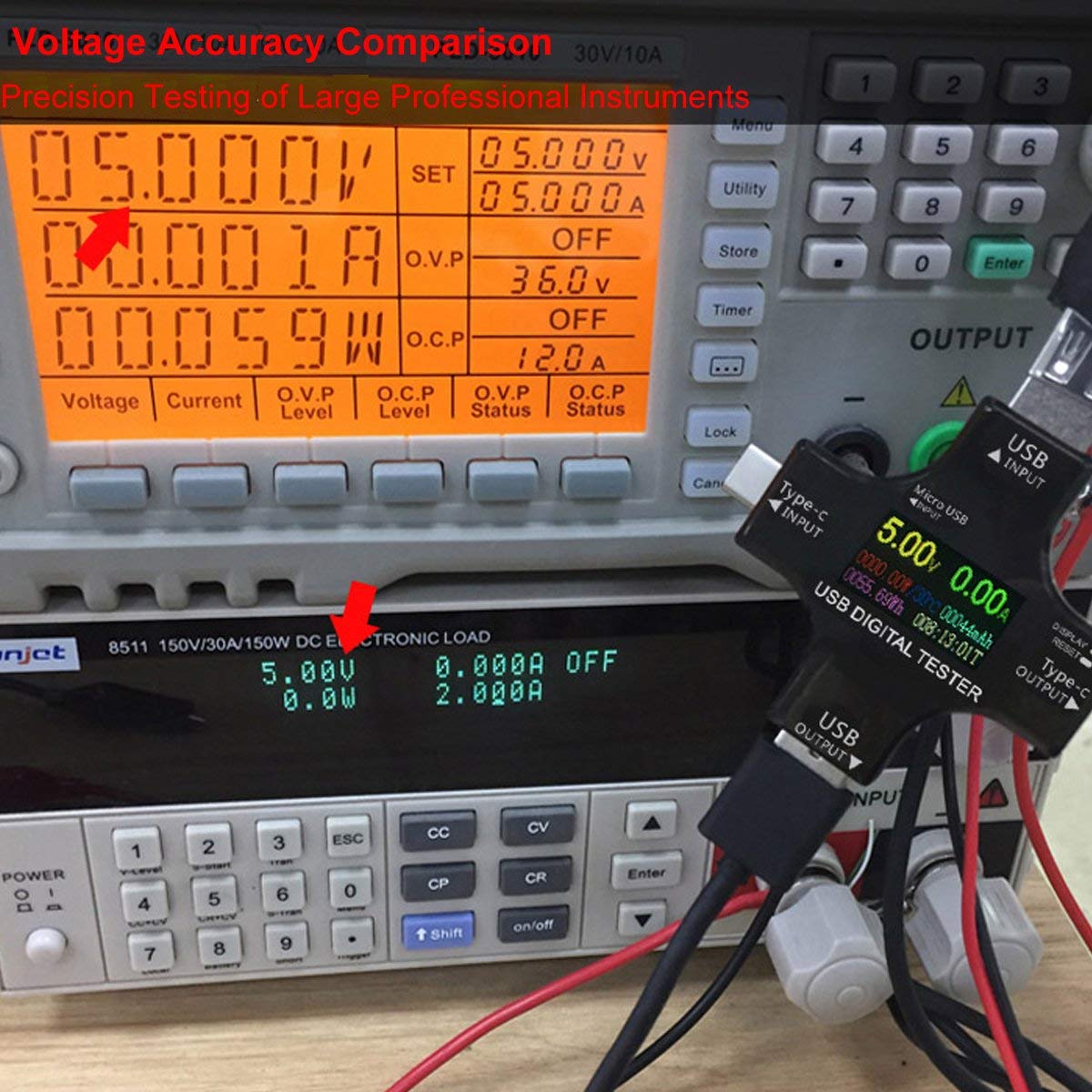

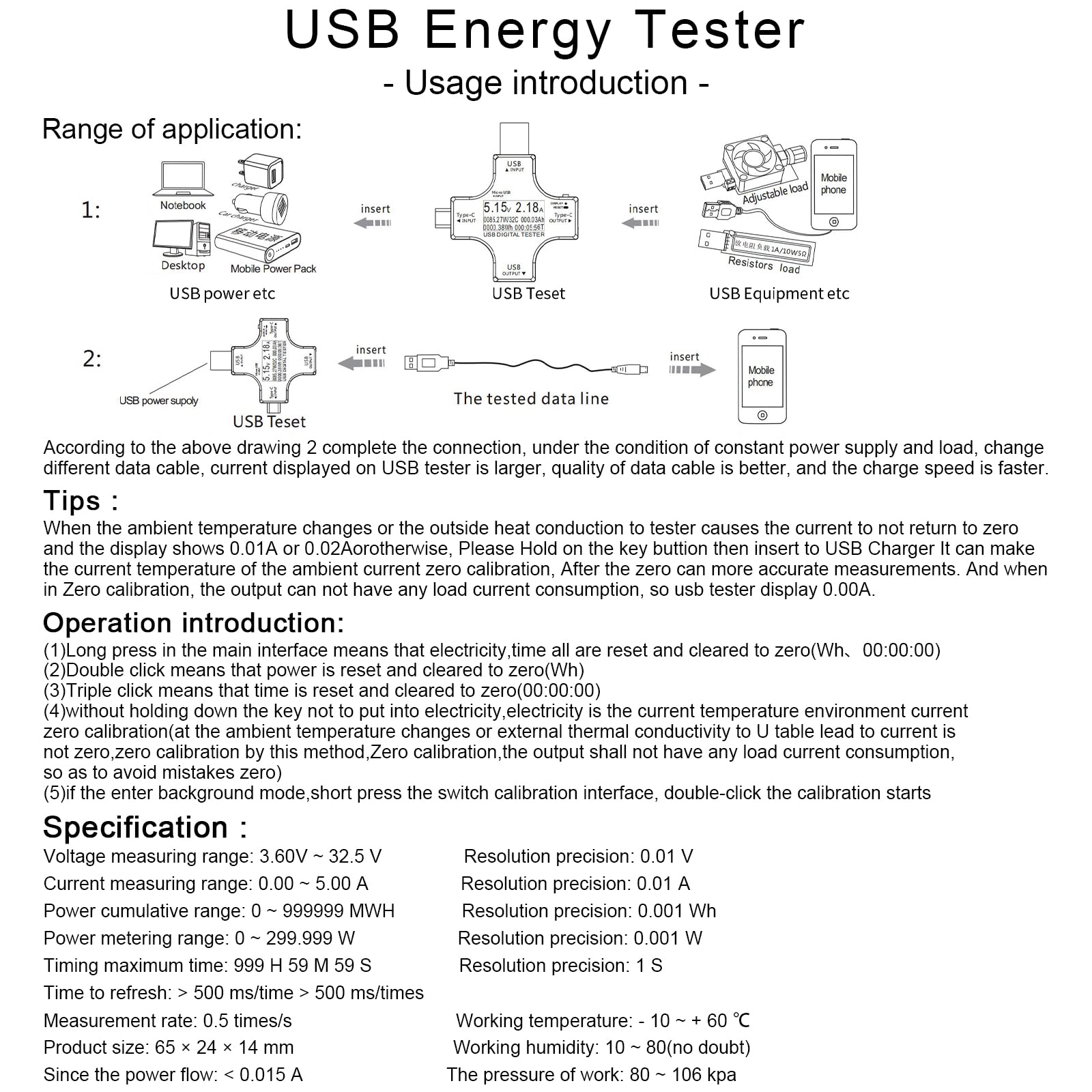
🔌 Power up your tech IQ with precision and style!
The MakerHawk USB Tester Type C Meter is a compact, high-precision digital multimeter designed for professionals to monitor USB and Type-C charging parameters. Featuring an 8192-pixel TFT color display, it measures voltage, current, capacity, power, temperature, and impedance with industry-leading accuracy. Supporting multiple fast-charging protocols including PD and QC, it offers smart alerts and a user-friendly interface with a 180° flip screen, making it an essential tool for testing chargers, cables, power banks, and smartphones.


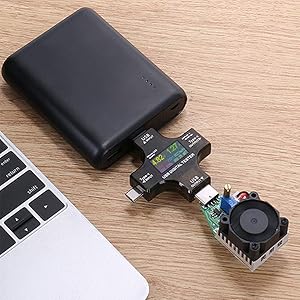
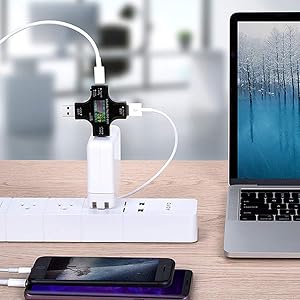
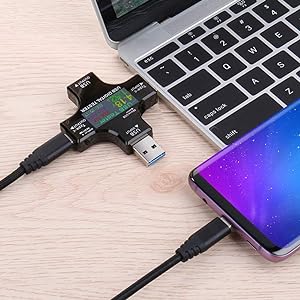
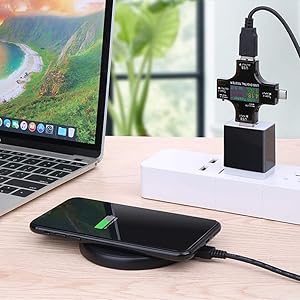
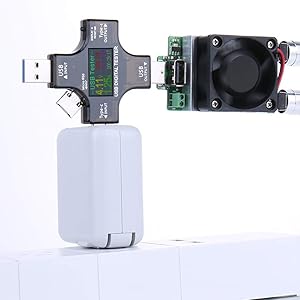

| Manufacturer | MakerHawk |
| Part number | 3E38180O232T6ZE6AAH |
| Item Weight | 18 g |
| Product Dimensions | 7.2 x 3.18 x 1.24 cm; 18 g |
| Item model number | C1 |
| Color | Black |
| Style | Compact |
| Material | plastic |
| Power source type | Corded Electric |
| Item Package Quantity | 1 |
| Measurement Accuracy | 0.01 |
| Specification met | CE, RoHS |
| Included components | USB C Tester |
| Batteries Included? | No |
| Batteries Required? | No |
Trustpilot
4 days ago
3 weeks ago
1 day ago
4 days ago